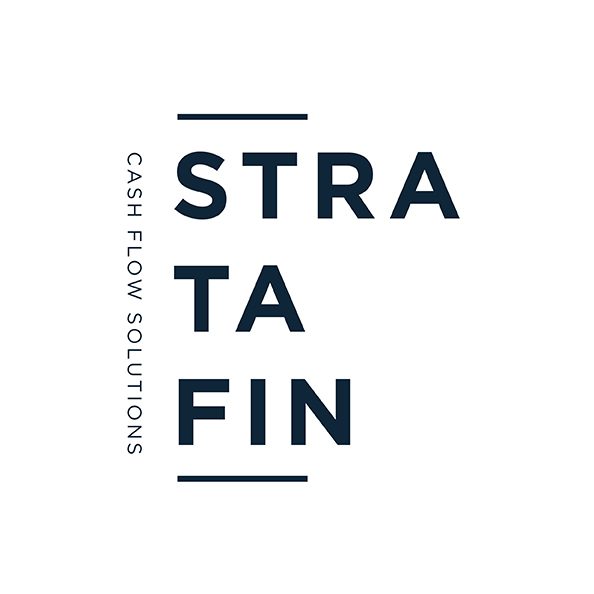I discussed pet applications and the CSOS adjudication order regarding pets in my last two articles. The first article dealt with pet applications from a prospective purchaser’s point of view. It set out the various ways to establish whether the scheme is pet friendly or not. The second article dealt with a CSOS case study on permission to keep a dog in a scheme. That case set out various principles in law that must be applied when trustees need to exercise their discretion to give their consent for an owner or occupier to keep a pet in the scheme. This article will lay out those principles for a pet application in detail.
Trustees’ powers when considering a pet application
Section 7(1) of the Sectional Titles Schemes Management Act 8 of 2011 (the “STSM Act”), and Prescribed Management Rule (the “PMR”) 9 states that the functions and powers of the body corporate must, subject to the provisions of this Act, the rules and any restriction imposed or direction given at a general meeting of the owners of sections, be performed and exercised by the trustees of the body corporate holding office in terms of the rules.
Prescribed Conduct Rule (“PCR”) 1 deals with the keeping of animals, reptiles, and birds, and states that the trustees must give their written consent to an owner or occupier that applies to keep an animal, reptile, or bird in a section or on the common property. The trustees therefore have the responsibility to consider a pet application in terms of the legislation, and give their written consent after passing a trustee resolution in that regard.
Trustees’ discretion
The trustees have discretion in regard to giving their consent, but PCR 1 states that the trustees cannot withhold their consent unreasonably.
Section 8(1) of the STSM Act states that each trustee of a body corporate must stand in a fiduciary relationship to the body corporate. This means that trustees must stand in a position of trust against each owner in the scheme, and must act for the benefit of and in the interest of all owners. The trustees must therefore exercise their discretion balancing the interests of all owners and occupiers.
In NBS Boland Bank Ltd v One Berg River Drive CC and
Others, Deeb, and Others v Absa Bank Ltd; Friedman v Standard Bank of SA
Ltd 1999 (4) SA 928 SCA, the SCA dealt with the old Roman law adage that discretion unless unfettered, must be exercised arbitrio bono viri. Van Heerden
DCJ, writing for the full bench, stated in para 25:
“it is I think, a rule of our common law that unless a contractual discretionary power was clearly intended to be completely unfettered, an exercise of such a discretion must be made arbitrio bono viri… this entails that the decision of a good man is required; put differently, the majority are obliged to act reasonably and to exercise reasonable judgement”.
Purpose of pet rule
These rules aim to avoid nuisance so that all residents enjoy living in their units. The trustees must therefore exercise their discretion balancing the interests of all owners and occupiers. The trustees need to consider whether the pet will unreasonably interfere with others’ rights to use and enjoy their units.
Blanket bans
The PCRs do not create an absolute ban on the keeping of pets but rather grants the trustees discretion to consider such application. The trustees cannot adopt a general policy decision and a blanket approach to the issue of keeping dogs in the scheme, and as such fail to exercise their discretion created by Conduct Rule 1. In such circumstances, the trustees do not truly apply their minds to the particular application. Therefore, the trustees cannot blanket refuse, and each case must be decided on its merits.
Creating a precedent
It was decided in The Laguna Ridge Scheme No 152/1987 v Dorse 1999 (2) SA 512 (D) that trustees are not entitled to refuse an application on the basis that they are afraid of creating a precedent. The dominant consideration cannot be the fear that consenting to the application would open the floodgates for other owners and occupiers to apply for consent to keep dogs.
Consideration of individual pet application
Trustees must consider each case individually, which was decided in Body Corporate of The Laguna Ridge Scheme No 152/1987 v Dorse 1999 (2) SA 512 (D), where it was held that the trustees are obliged to individually consider each request for permission to keep a pet and to base their decision on the facts and circumstances of the particular case.
They must take into account the particular considerations relating to the scheme’s layout; any possible nuisance that could result as well as the particular pet in question. The trustees must not take irrelevant considerations into account, and ignore the relevant circumstances pertaining to the applicant’s request for consent. The trustees cannot unreasonably deny permission but must consider the facts and circumstances of the request as well as the best interests of the scheme.
The trustees should carefully consider any application to keep a dog and should discuss and consider the issue at a trustee meeting. The resolution to either grant or refuse consent should be recorded in the minutes of their meeting, giving reasons that illustrate that they have applied their minds to the application. Where the trustees fail
- to apply their minds to a particular application for keeping a pet;
- to exercise their discretion in accordance with the proper principles; or
- to do so in a reasonable way and had thus exceeded the proper limits of their discretion, the CSOS will intervene and apply their decision over the trustees’ discretion.
Giving reasons
When a decision hinges upon the exercise of discretion the reasons should be given. Such reasons should take into account those factors which are legally relevant to the issue in question and should not simply consider whether the facts of the case are the same as in a previously decided case. Such factors are determined by considering the purpose of the exercise of discretion in its context.
Where the trustees fail to reflect any reasoning process in an application to keep a pet it leads to the assumption that they adopted a general approach and general reasoning, and did not consider the application individually on the basis of its own merits.
Guide dogs
PCR 1(2) states that an owner or occupier suffering from a disability and who reasonably requires a guide, hearing, or assistance dog must be considered to have the trustees’ consent to keep that animal in a section and to accompany it on the common property.
Conditions of approval
PCR 1(2) states that the trustees may provide reasonable conditions in regard to the keeping of an animal, reptile, or bird in a section or on the common property. Conditions may include that the pet may not be left alone on common property and must be wearing a leash when transported from the unit over the common property.
Removal of pet
PCR 1(4) states that the trustees may withdraw any consent if the owner or occupier of a section breaches any condition imposed.













